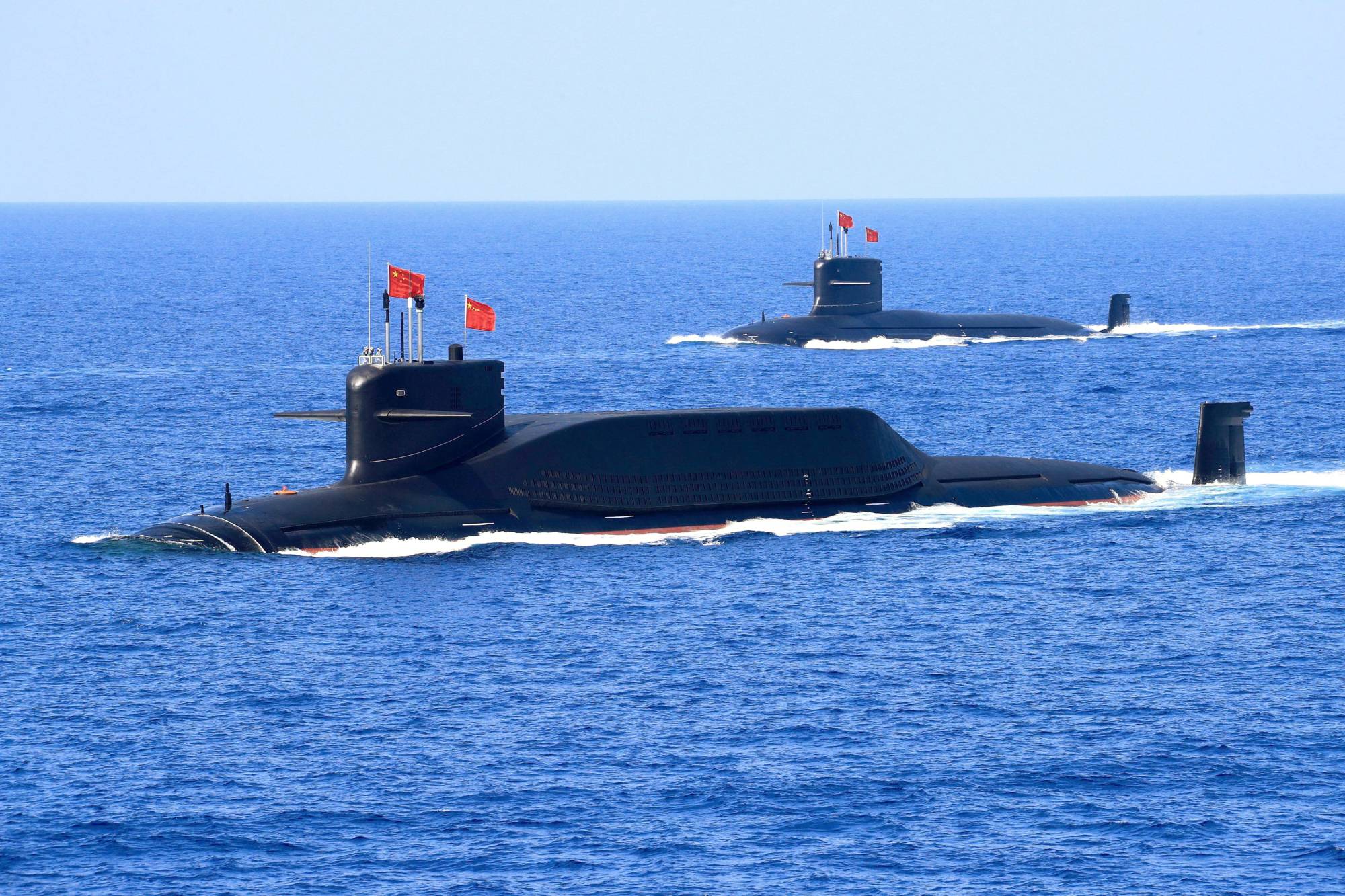China is expected to more than triple its arsenal of nuclear warheads to 1,500 by 2035, the Pentagon said in an annual report on the country’s military that also spotlighted its growing submarine capabilities and designs on self-ruled Taiwan.
In the report, which mainly focused on the China military last year, the U.S. Defense Department called the 2020s a “decisive decade” for the development of the People’s Liberation Army, while also warning that Beijing was aiming to transform the PLA into “a more credible military tool” by 2027 “as it pursues Taiwan unification.”
This year’s report — which says that Beijing "probably accelerated its nuclear expansion" in 2021 — comes amid growing U.S. concerns over China’s ongoing nuclear buildup. It said that China’s stockpile of nuclear warheads had risen above 400 in 2021, around double the estimated 200-plus in last year’s report, and that Beijing "will likely field a stockpile of about 1,500 warheads” by 2035.
















With your current subscription plan you can comment on stories. However, before writing your first comment, please create a display name in the Profile section of your subscriber account page.